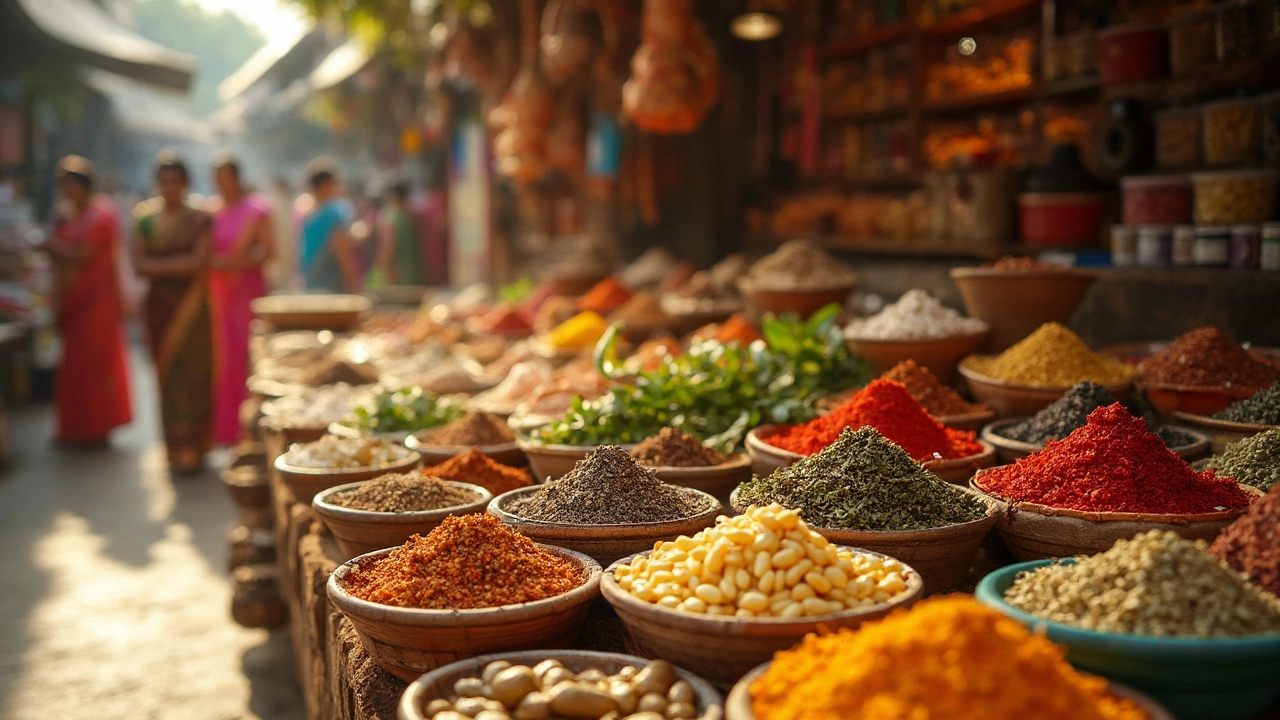Alternative Diabetes Treatment: Natural Paths and Modern Aids
When looking at Alternative Diabetes Treatment, non‑standard ways to control blood sugar that go beyond classic insulin therapy, many people wonder what actually works. Also called non‑insulin diabetes care, this approach includes everything from diet tweaks to plant‑based compounds. Below we’ll break down the big players so you can see how they relate and where they might fit in your plan.
One major sub‑category is herbal supplements, plant‑derived powders, extracts, or teas claimed to improve glucose metabolism. Think cinnamon bark, berberine, or bitter melon. Research shows some of these can modestly lower fasting glucose, especially when paired with a stable diet. Another key pillar is Ayurvedic medicine, an ancient Indian system that uses herbs, lifestyle routines, and personalized diets to balance the body’s doshas. Ayurvedic formulas like neem leaf or fenugreek have been studied for their impact on insulin sensitivity. On the pharmaceutical side, drugs such as Ozempic, a GLP‑1 receptor agonist approved for type 2 diabetes that also aids weight loss are often combined with alternative measures to boost results.
How These Pieces Fit Together
Alternative diabetes treatment encompasses a spectrum of tools, from natural supplements to prescription‑grade agents. The relationship works like this: herbal supplements support blood‑sugar regulation, Ayurvedic medicine offers holistic lifestyle guidance, and drugs like Ozempic provide powerful hormonal control. When you add newer options such as Zepbound—another GLP‑1 agonist with a slightly different dosing schedule—you get a richer toolbox. In practice, many patients start with diet and herbal tweaks, then introduce a GLP‑1 drug if glucose numbers stay high. This layered approach respects the body’s natural mechanisms while adding clinical safety nets.
Understanding the attributes of each option helps you choose wisely. Herbal supplements are generally easy to obtain and have low side‑effect profiles, but their potency varies between batches. Ayurvedic protocols demand consistent daily routines and often involve multiple herbs, which means patience is key. Prescription GLP‑1 agents like Ozempic and Zepbound offer predictable reductions in HbA1c but require medical supervision and can cause nausea. By weighing these attributes—availability, efficacy, safety—you can build a personalized plan that feels realistic and sustainable.
Below you’ll find articles that dive deeper into each of these areas: scientific takeaways on cinnamon and berberine, practical guides to incorporating Ayurvedic herbs, side‑effect management for GLP‑1 drugs, and real‑world stories of people who blended natural and pharmaceutical methods. Whether you’re just curious about a single herb or ready to discuss a GLP‑1 injection with your doctor, the collection gives you a clear map of what’s out there and how the pieces connect.
Ready to see the full landscape? Scroll down to explore detailed looks at each alternative, compare benefits, and pick the steps that match your health goals.
Good Over-the-Counter Substitutes for Metformin
Finding an over-the-counter substitute for Metformin can be a challenge, especially for those managing diabetes on their own. This article explores some effective non-prescription options and lifestyle changes that can support blood sugar control. It delves into natural supplements, dietary adjustments, and practical tips to help maintain healthy glucose levels. Additionally, it highlights the importance of understanding how these alternatives work in synergy with a diabetes management plan.
